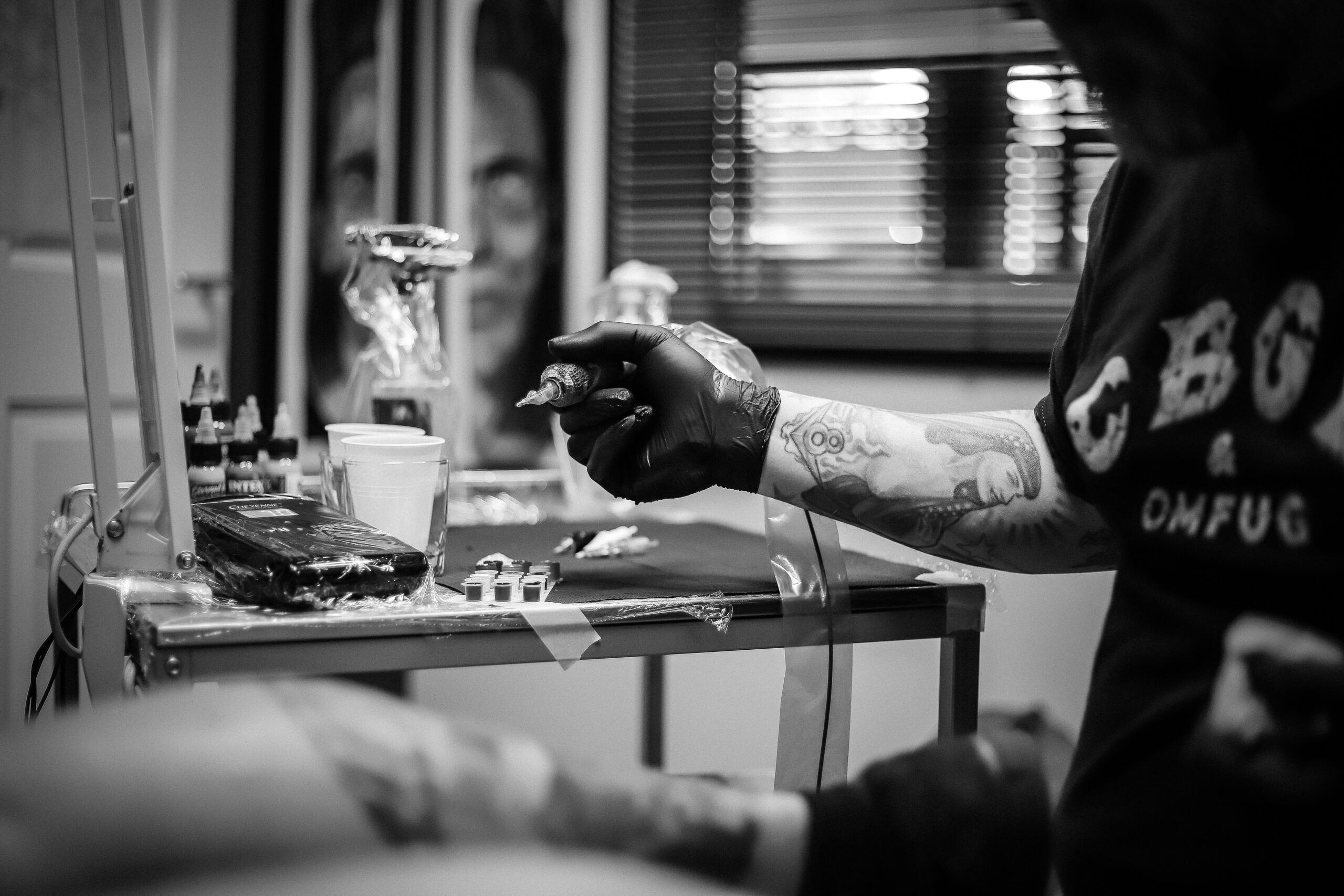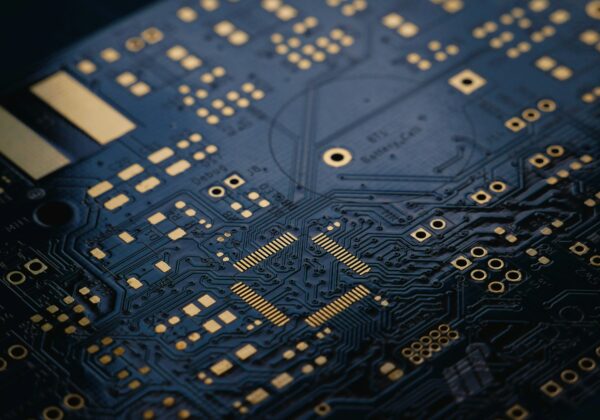Could Create Skin Art
Tattoos have evolved from their traditional roots into a vibrant, expressive form of art that spans cultures and personal stories. Today, tattoos are crafted with needles and ink, permanently altering the skin’s appearance. But what if tattoos could be created through a completely different process—one that involves high-tech innovation and the manipulation of biological materials? Enter 3D bioprinting, a cutting-edge technology that could redefine tattooing as we know it, offering the potential to create intricate, customizable designs directly on the skin.
What Is 3D Bioprinting?
3D bioprinting is a process that uses specialized printers to deposit layers of bioinks—materials made from living cells or biological substances—to build up three-dimensional structures. Unlike traditional 3D printing, which uses plastics and metals, bioprinting focuses on creating living tissue, organs, and biological structures. This technology is being explored in medicine for uses such as tissue regeneration, organ printing, and even wound healing.
In the context of tattoos, 3D bioprinting could enable artists to print designs directly onto the skin in three dimensions. Rather than applying ink to the skin’s surface, bioprinting could involve the deposition of cellular materials to create more complex, dynamic designs that go beyond what is achievable with conventional tattooing techniques.
The Potential of 3D Bioprinted Tattoos
1. Customization Beyond Imagination
One of the most exciting aspects of 3D bioprinted tattoos is the potential for unparalleled customization. Traditional tattoos are limited to the surface of the skin, where the ink sits in the dermal layer. With bioprinting, artists could create tattoos that interact with the skin’s natural topography, adding depth, texture, and even movement.
For example, a 3D tattoo could feature designs that appear to be sculpted under the skin, making it look like there are raised elements or flowing patterns. These designs could respond to the skin’s temperature, movement, or even touch, offering a level of interaction and personalization previously impossible.
2. Living Tattoos: Bio-Ink and Functionality
3D bioprinting could open the door to a new type of “living” tattoo—one that isn’t just art but has a functional aspect. Imagine tattoos that can monitor health metrics such as hydration levels, body temperature, or even glucose levels. By printing sensors directly into the skin, artists and scientists could create tattoos that not only look beautiful but also serve as real-time biometric monitors.
This functionality could be particularly useful in medical applications. For instance, a 3D tattoo could be printed on a diabetic patient’s skin to monitor blood sugar levels or alert them to dehydration, all while looking like a piece of art. This could revolutionize how we think about the intersection of body art and health.
3. Temporary and Non-Permanent Options
While traditional tattoos are permanent, 3D bioprinted tattoos could offer temporary solutions, giving users the ability to change designs over time. Bioprinted tattoos could be made with bioinks that dissolve or fade over a period, allowing the individual to “remove” the tattoo without resorting to laser treatments. This would offer a whole new level of flexibility for people who enjoy changing their body art frequently.
Additionally, bioprinting might allow the creation of tattoos that grow and adapt over time. For example, tattoos could evolve with the body, changing in response to hormonal shifts, growth, or aging, adding a dynamic element to the tattooing process that is impossible with traditional methods.
4. Healing and Regenerative Capabilities
A major breakthrough of 3D bioprinting in tattooing could be the ability to assist in skin regeneration. In some cases, bioprinting might even help heal damaged or scarred skin by printing tissues directly onto the area. For example, individuals who have suffered from severe burns or scarring could potentially have their skin “reprinted” with a tattoo that integrates healing cells, creating both aesthetic and functional benefits.
The idea of tattoos aiding in the healing process would mark a significant leap forward from today’s designs, which can sometimes cause irritation or complications during the healing process. With bioprinting, the tattooing process itself could be designed to promote skin health and recovery.
The Road Ahead: Challenges and Considerations
While the future of 3D bioprinted tattoos is incredibly promising, several challenges remain before this vision can become a reality:
- Technological Limitations: 3D bioprinting is still in its early stages, and the precision required to create intricate, detailed tattoos on human skin is a significant hurdle. Current bioprinters are designed for medical applications, such as printing tissues for research or transplant purposes, but printing directly on human skin involves new complexities, such as ensuring biocompatibility, ink stability, and long-term integration with the skin.
- Regulatory and Ethical Concerns: As with any new technology, bioprinted tattoos would face regulatory scrutiny. The use of living cells in tattoos could raise questions about safety, the potential for allergic reactions, and long-term health effects. Additionally, there would be ethical concerns around the use of human cells or genetic material in tattoos, requiring careful consideration and regulation.
- Cost and Accessibility: The technology required for 3D bioprinting is expensive, and as with many cutting-edge technologies, the cost could initially limit its accessibility. However, as the technology matures, costs may decrease, making it more affordable for a wider range of consumers.
The fusion of art, technology, and biology through 3D bioprinting could soon redefine the way we approach tattoos. From creating tattoos that respond to environmental factors to developing living tattoos with health-monitoring capabilities, the potential is vast. While we may not yet see 3D bioprinted tattoos in every tattoo studio, the research and development in this area are accelerating, and the tattoo of tomorrow may be far more advanced and interactive than we could have ever imagined.
As technology continues to evolve, the possibilities for tattooing will expand in exciting and unexpected ways. The tattoo of tomorrow might not just be ink on skin but a living, breathing work of art that reflects our ever-changing world.



